How to grow cassava for harvests of nutty, earthy and nutrient-rich roots
Cassava is a staple crop in tropical and subtropical climates, but it requires patience to grow


Cassava may not be a typical crop that comes to people’s mind when growing food at home, but it is one of the top staple foods worldwide. It is a woody shrub grown in tropical and subtropical climates for its edible starchy roots. You can grow cassava at home - providing you are patient and can provide the conditions it needs to thrive.
The plant is grown from cuttings and has a very long growing season, requiring a minimum of eight months in ideal conditions and up to 18 months elsewhere. Cassava loves warmth, but cannot tolerate cold temperatures, and is a drought tolerant plant once established. After harvesting, cassava must be cooked as it contains toxins.
If you want to learn how to grow cassava in your home vegetable garden, this guide covers all you need to know from planting to harvesting. It also includes helpful tips from an experienced homesteader and gardener who has grown this crop in his food garden for many years.
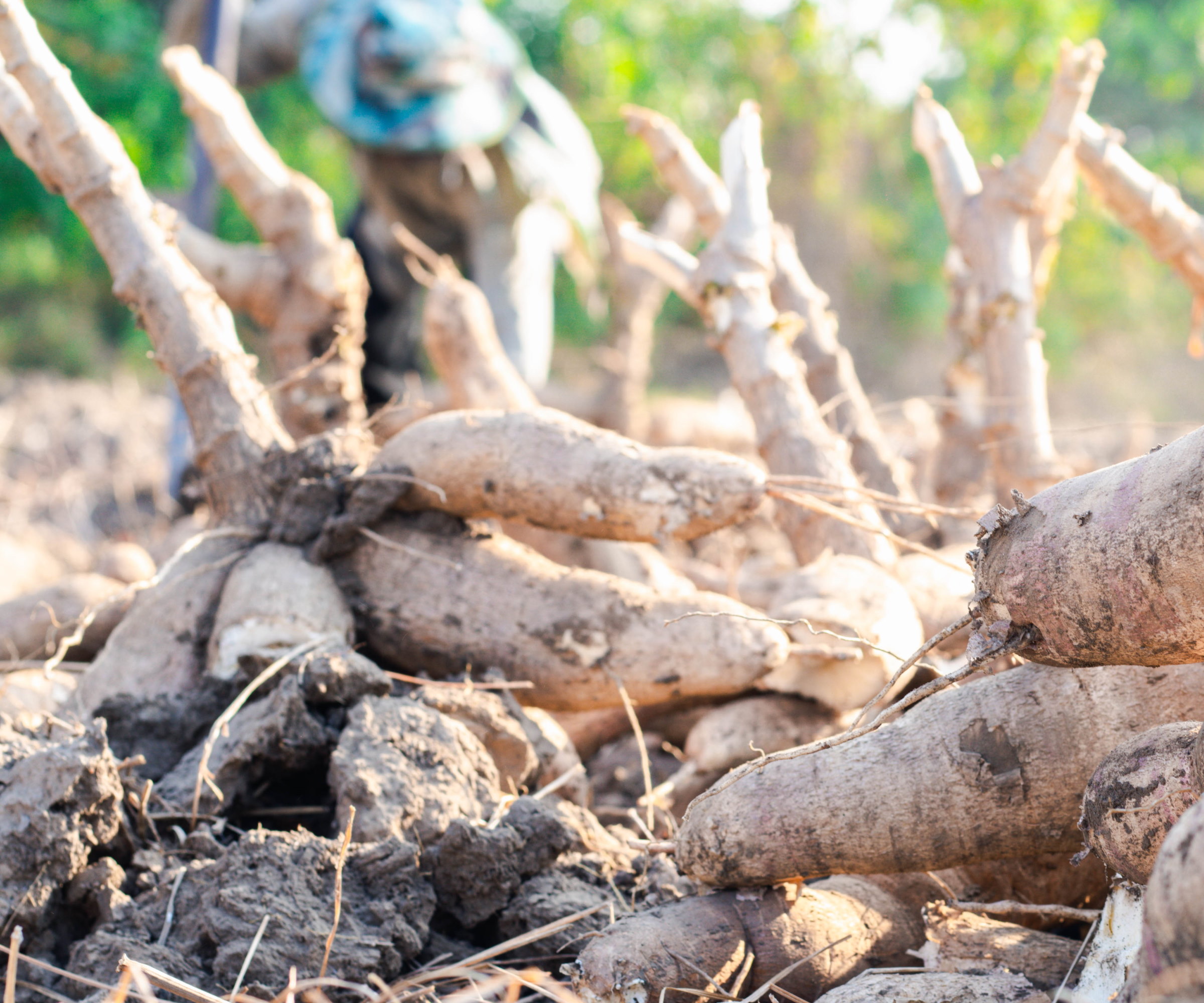
How to grow cassava - from planting to harvesting
The best way to grow cassava is from cuttings, rather than growing plants from seed which have a very low germination rate. So let's look at how to grow cassava from cuttings and the best spot for planting cassava so you get the best harvest.
How to plant cassava
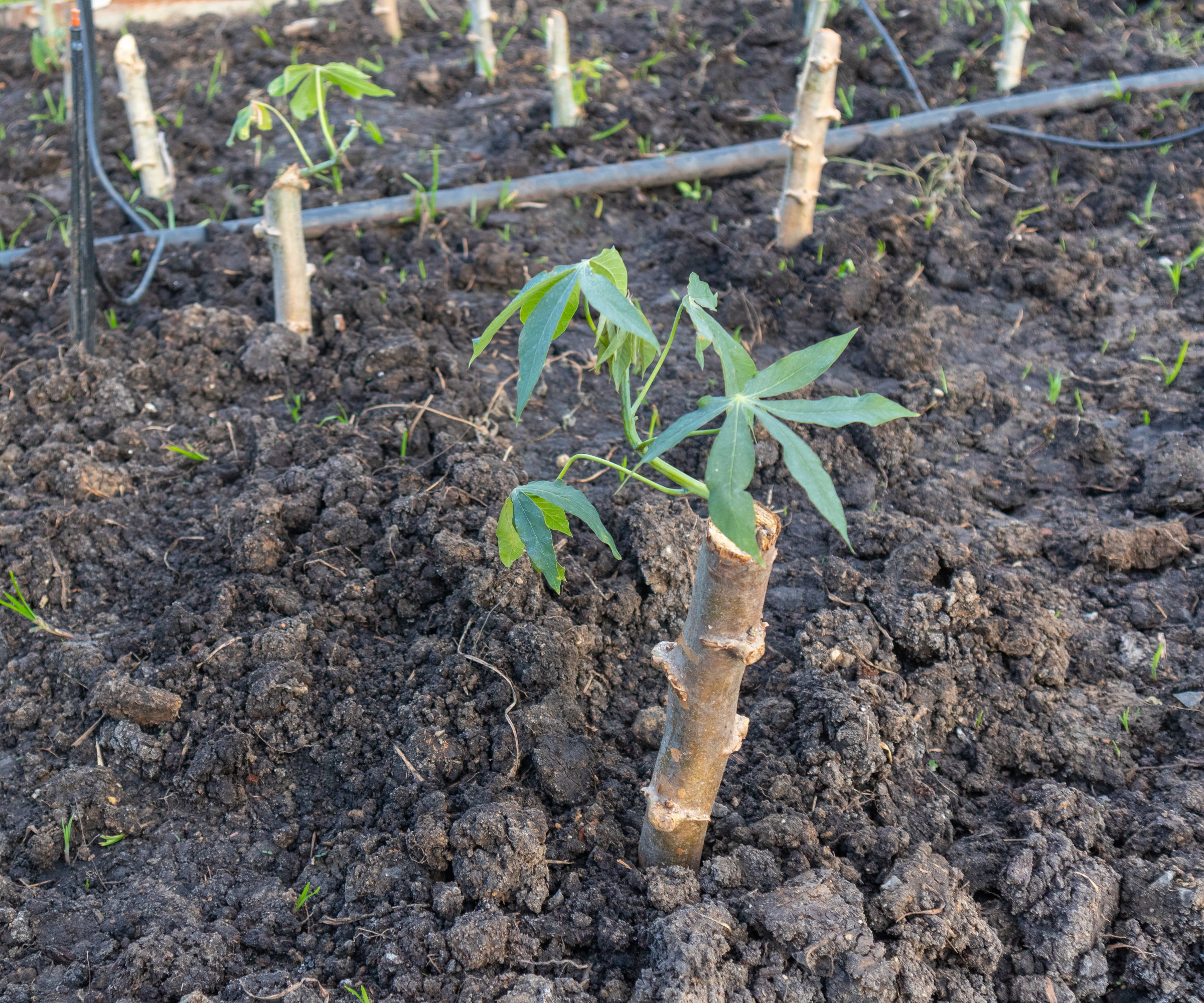
Cassava is started by planting stem cuttings, not by planting root pieces. It is unlike potatoes or Jerusalem artichokes, where you plant the tubers to grow plants from. To grow cassava from cuttings, they have to come from hardwood cuttings of mature stems taken early in the year.
Take plant cuttings around a foot in length and place them into the soil with up to half of it in the ground. Sean Jennings from Homesteadin’ Hawaii, who has lots of experience growing cassava and produced a popular YouTube video on cultivating the crop, explains how the cuttings need to be planted in ‘small mounds either vertically or slanted’
‘Slanted is ideal for helping the cassava roots get plenty of space to spread out, but vertical is best if you’re worried about the soil being too wet or the plant drowning,’ he says.
In cooler climates, where winter frosts can kill the stems, cuttings can be taken earlier and started in containers. Transplant the cutting outside once the risk of frost has passed in spring.
Cassava is a heat-loving crop that needs at least eight months of hot weather to grow. In cooler weather, it can up to 18 months to get a crop. It is a plant suitable for US hardiness zone 8 and above and cassava is typically grown in tropical gardens with frost-free climates. Plants struggle once temperatures get below 60°F and all growth stops at around 50°F. For the best crop, plant cassava in full sun.
Grow cassava in a well-draining soil type, ideally, a light sandy loam in which the plant’s roots can easily develop in the soil. It does not require lots of added nutrients before planting, and there is a risk that rich soils can cause lots of stem and foliage development rather than roots.
There are sweet and bitter cassava varieties. When planting cassava for a crop and to harvest the roots, always pick the sweet types. All cassava plants contain toxins and must be cooked before consumption. However, sweet varieties contain lower levels and are easier to cook and prepare.

Sean Jennings is an experienced permaculture and homesteading expert. He has helped others develop homesteads in Hawai’i, California, and Mexico, and runs Homesteadinʻ Hawaiʻi to provide free resources to help others develop their own homestead.
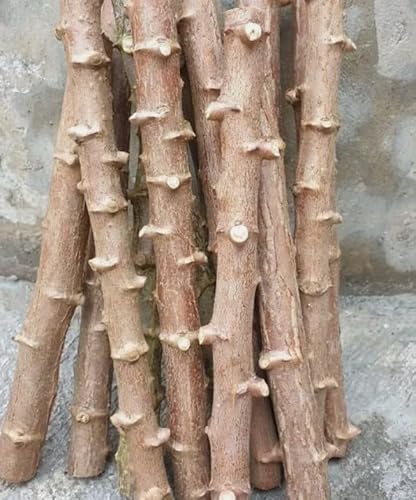
A set of five plant cuttings from cassava stems to plant in loamy, well-draining soil in US hardiness zone 8-12 if you want to grow cassava at home.
How to grow cassava - care tips
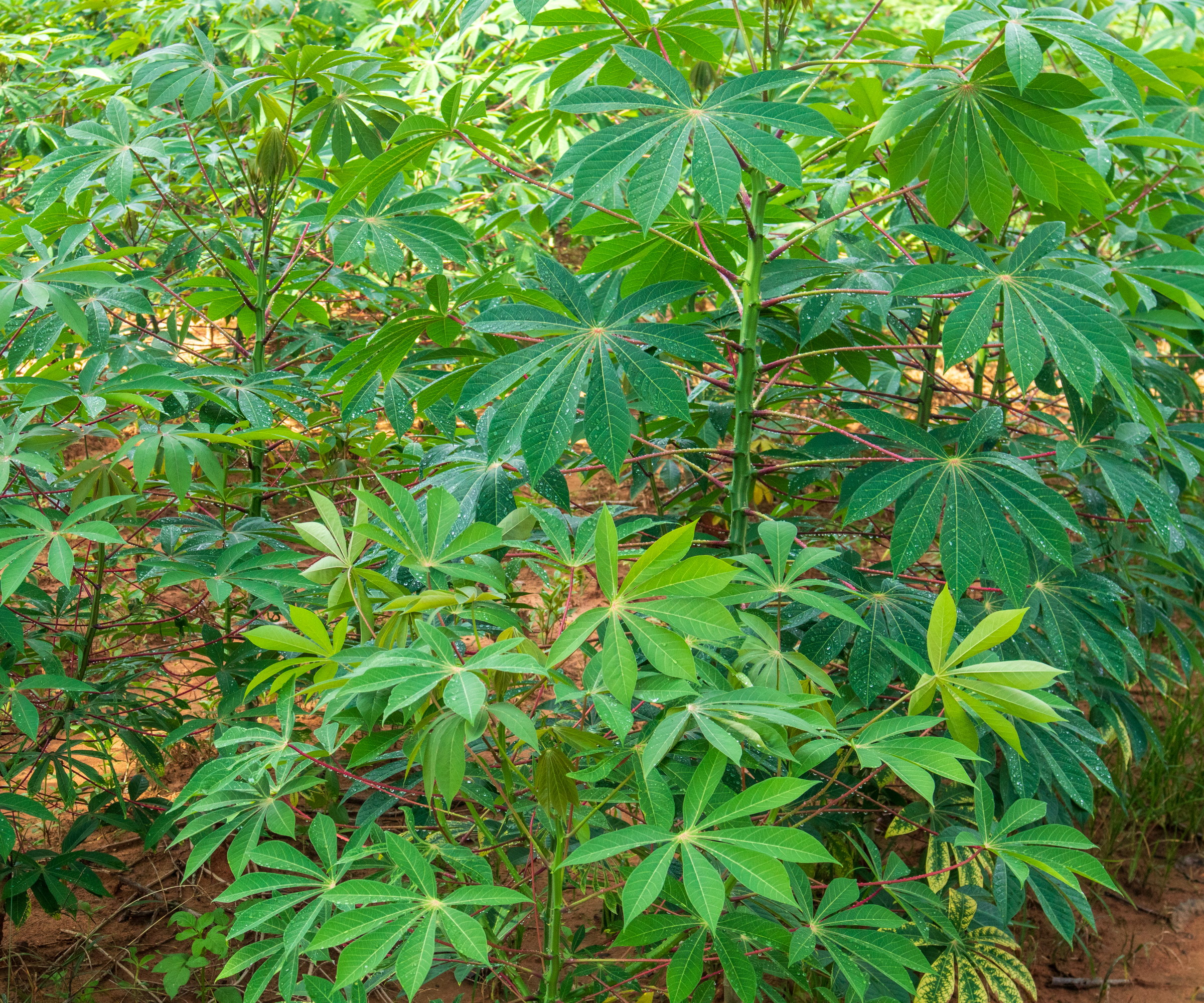
Regular watering is essential after planting cassava to help the plant establish strong roots. Sean Jennings claims that planting cassava around the rainy season is beneficial as it gives plants ‘a solid 6-8 weeks of regular rain’. Otherwise, it means keeping a close eye on when the water plants for the first two months after planting cassava.
Once the plant is established, it is a drought-tolerant vegetable and care must be taken to avoid overwatering the plant and causing root rot. ‘Once the top portion of the plant (the part with leaves) is about a foot and a half high, cut back on watering,’ recommends Sean. ‘Once the cassava plant has grown this much and is in soft, moist soil, it should be getting sufficient water via the roots without additional watering on your part.’
The best fertilizer when growing cassava is an organic and balanced feed that contains good levels of potassium and magnesium. Feed plants around 4-6 weeks after planting and avoid using a high-nitrogen fertilizer that encourages lots of foliage at the expense of roots.
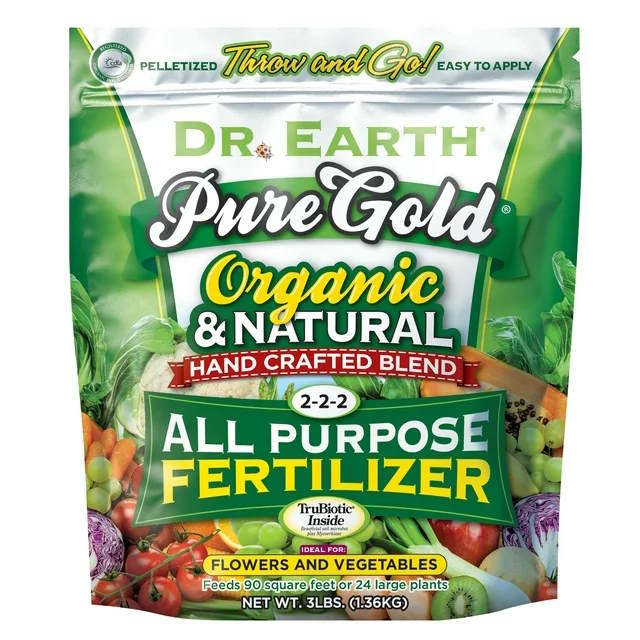
A natural and balanced pelletized all-purpose fertilizer that releases nutrients quickly and continues to feed for months. It includes essential plant nutrients, including micronutrients and multi-minerals.
How to harvest cassava
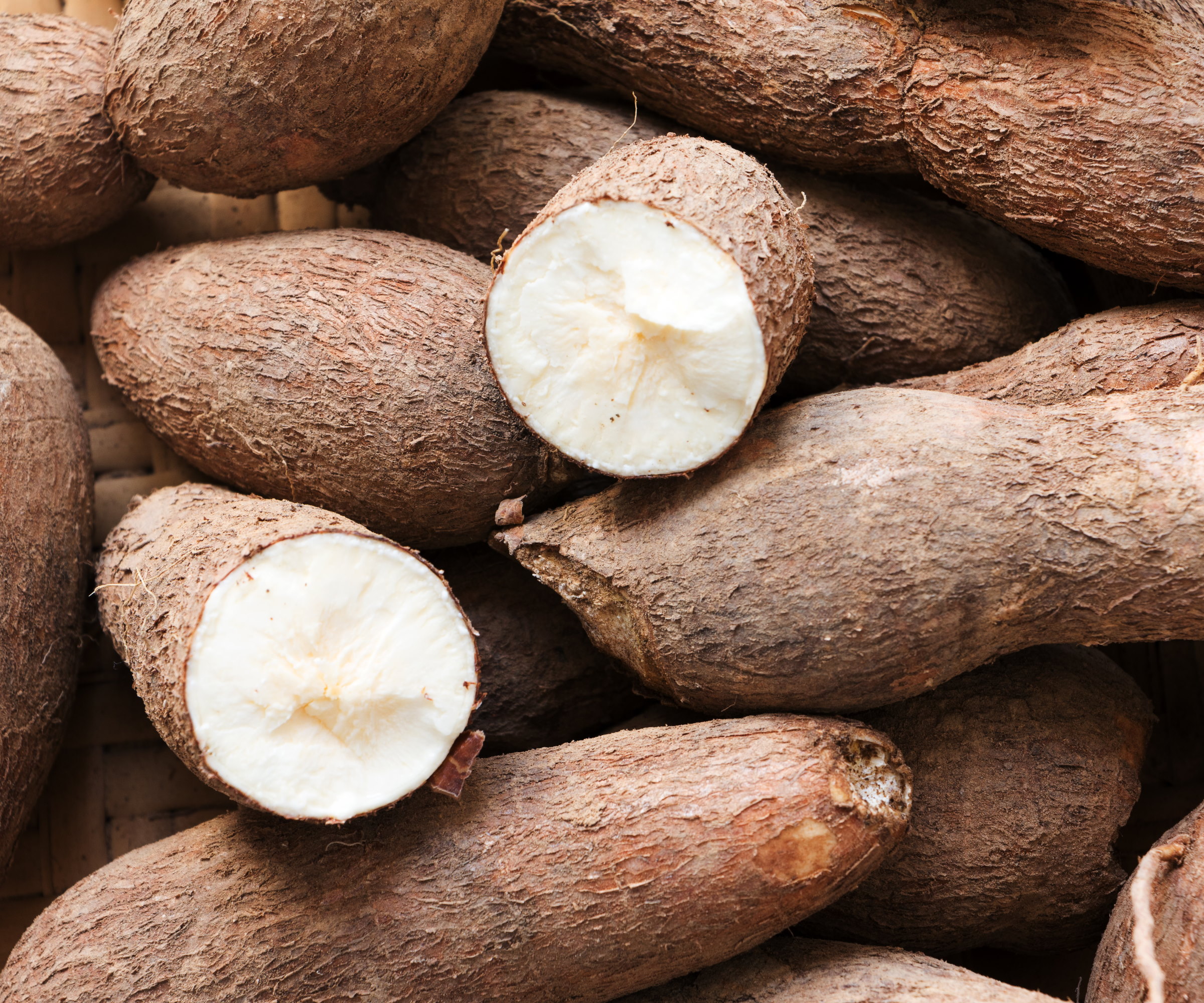
Patience is required when growing cassava, as it can take 8-18 months to get a crop. The roots can be harvested once they are established and reach a usable size. Unfortunately, it can be difficult to judge the size of the underground roots - and you don’t want to leave them too long as large roots get woody and inedible.
There are two ways you can know it's the right time to harvest cassava. The simplest way is to track the time from planting cassava and dig up a small section of the root to check the progress. Dig a piece after nine months. If the roots are thick and firm, they can be used. However, if the roots are small and have soft skin and flesh then walk away and check in another month.
‘Another way to tell if your cassava is ready to harvest is by fruits,’ adds Sean. ‘When the roots are ready, the plant will produce small green, berry-like fruits. Usually, the leaves will start to turn yellow and wilt a little at this time, too.’
Carefully dig up the delicate roots to use as and when required. This is best because the roots have a very short storage life and start deteriorating within two days of being lifted from the ground. Once detached from the plants, they have a storage life of one or two weeks if kept in a cold and dry place. Cassava must be cooked before eating and should never be eaten raw as it contains harmful chemicals.
Growing cassava in pots
If you have a container garden and want to grow cassava in a small space, such as a deck or balcony, there are dwarf varieties that only reach 3-4 feet in height. However, compact plants do yield smaller harvests.
Use a large container 18-24 inches in diameter and at least 20 inches deep with drainage holes in the bottom. Fill the container with an organic well-draining potting mix and plant your cassava cuttings at least 12 inches apart. Keep the soil moist and fertilize plants every 4-6 weeks to ensure they have all the nutrients they need to develop a strong set of roots.
As well as pots, cassava can be grown in raised beds at least 20 inches deep.
FAQs
How do you make cassava safe to eat?
Raw cassava contains natural forms of cyanide that are toxic if the crop is eaten raw or improperly cooked. Cassava must be peeled and cooked to be made safe to eat, and the roots can be steamed, boiled, or baked.
Cassava also goes by the common name of yuca, but should not be confused with yucca as they are very different plants. While one is a shrub grown for edible roots, a yucca plant has narrow, pointed leaves and is commonly grown as an ornamental or architectural plant in people’s backyard ideas in warmer climates.
Sign up to the Homes & Gardens newsletter
Design expertise in your inbox – from inspiring decorating ideas and beautiful celebrity homes to practical gardening advice and shopping round-ups.

Drew’s passion for gardening started with growing vegetables and salad in raised beds in a small urban terrace garden. He has worked as a professional gardener in historic gardens and specialises in growing vegetables, fruit, herbs, and cut flowers as a kitchen gardener. That passion for growing extends to being an allotmenteer, garden blogger, and producing how-to gardening guides for websites. Drew was shortlisted for the New Talent of the Year award at the 2023 Garden Media Guild Awards.
You must confirm your public display name before commenting
Please logout and then login again, you will then be prompted to enter your display name.
-
 5 surprising but brilliant ways to clean with old socks – from perfectly buffing stainless steel to deterring pests naturally and more
5 surprising but brilliant ways to clean with old socks – from perfectly buffing stainless steel to deterring pests naturally and moreTackle dust in tricky corners, clean your mirrors and even banish bad odors with those rogue single socks
By Andy van Terheyden Published
-
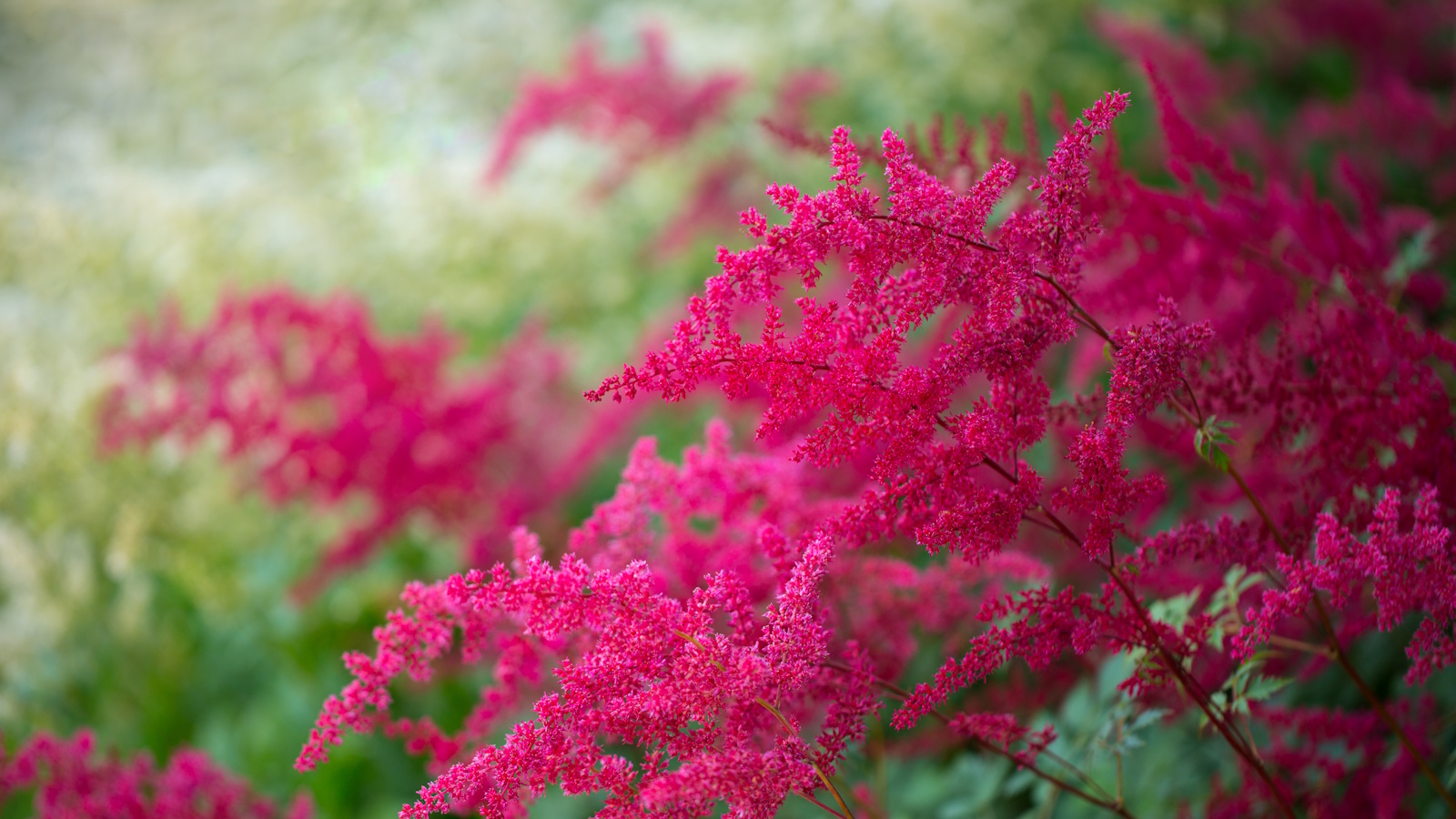 How to grow astilbe – expert advice on cultivating this shade-tolerant flowering perennial
How to grow astilbe – expert advice on cultivating this shade-tolerant flowering perennialShade-tolerant and pest-resistant - astilbe are hardy and tough perennials that can thrive in many settings
By Ellen Wells Published
-
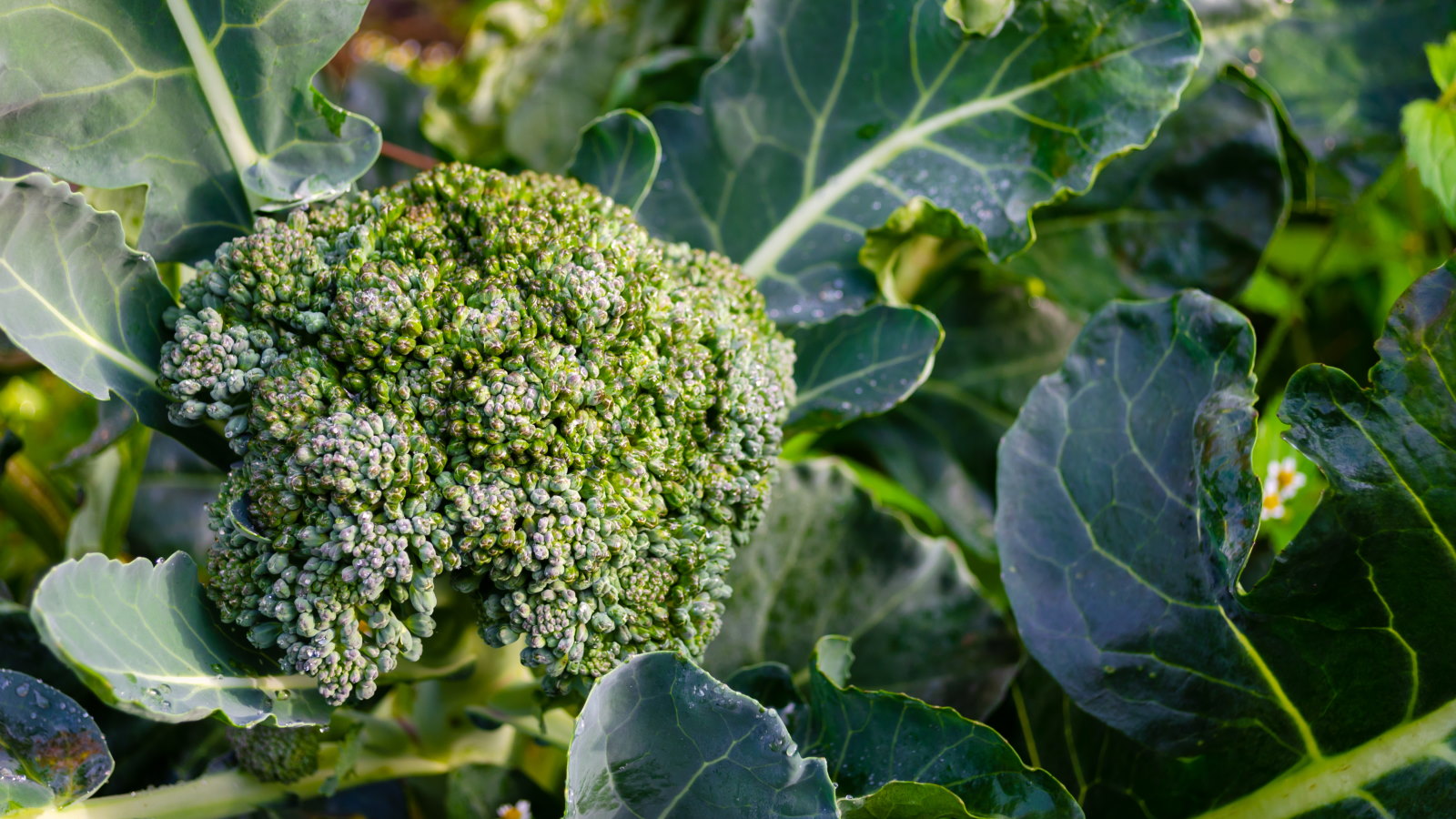 These 5 plants can help you get the best, and potentially tastiest, broccoli ever – discover what to plant with broccoli, and what to avoid
These 5 plants can help you get the best, and potentially tastiest, broccoli ever – discover what to plant with broccoli, and what to avoidOur selection of vegetables, herbs, and flowers is perfect for companion planting with broccoli
By Drew Swainston Published
-
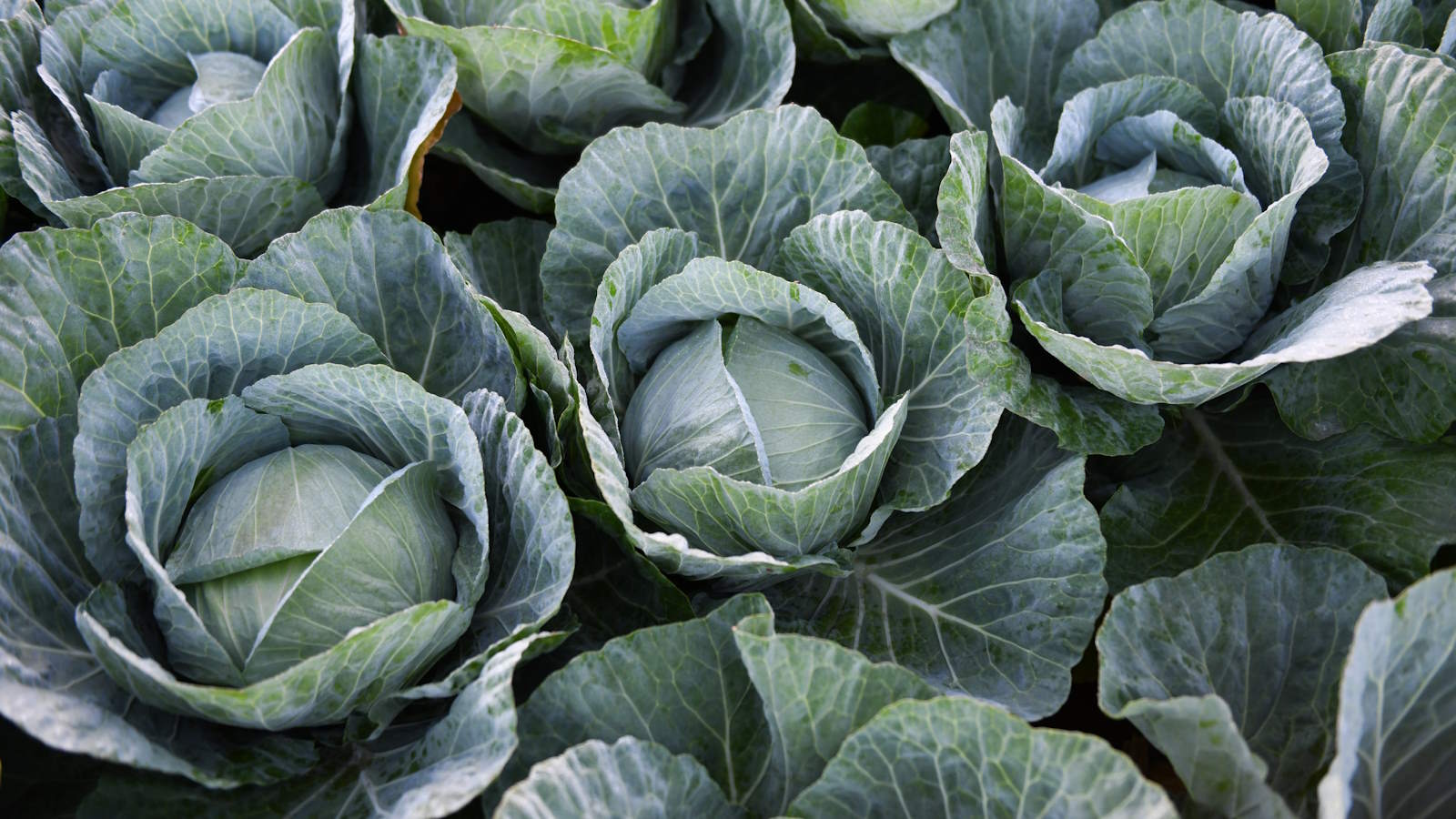 How to grow cabbages in containers – expert tips for top harvests in small urban spaces
How to grow cabbages in containers – expert tips for top harvests in small urban spacesYou can grow lots of different cabbages in pots, troughs, grow bags, or buckets
By Drew Swainston Published
-
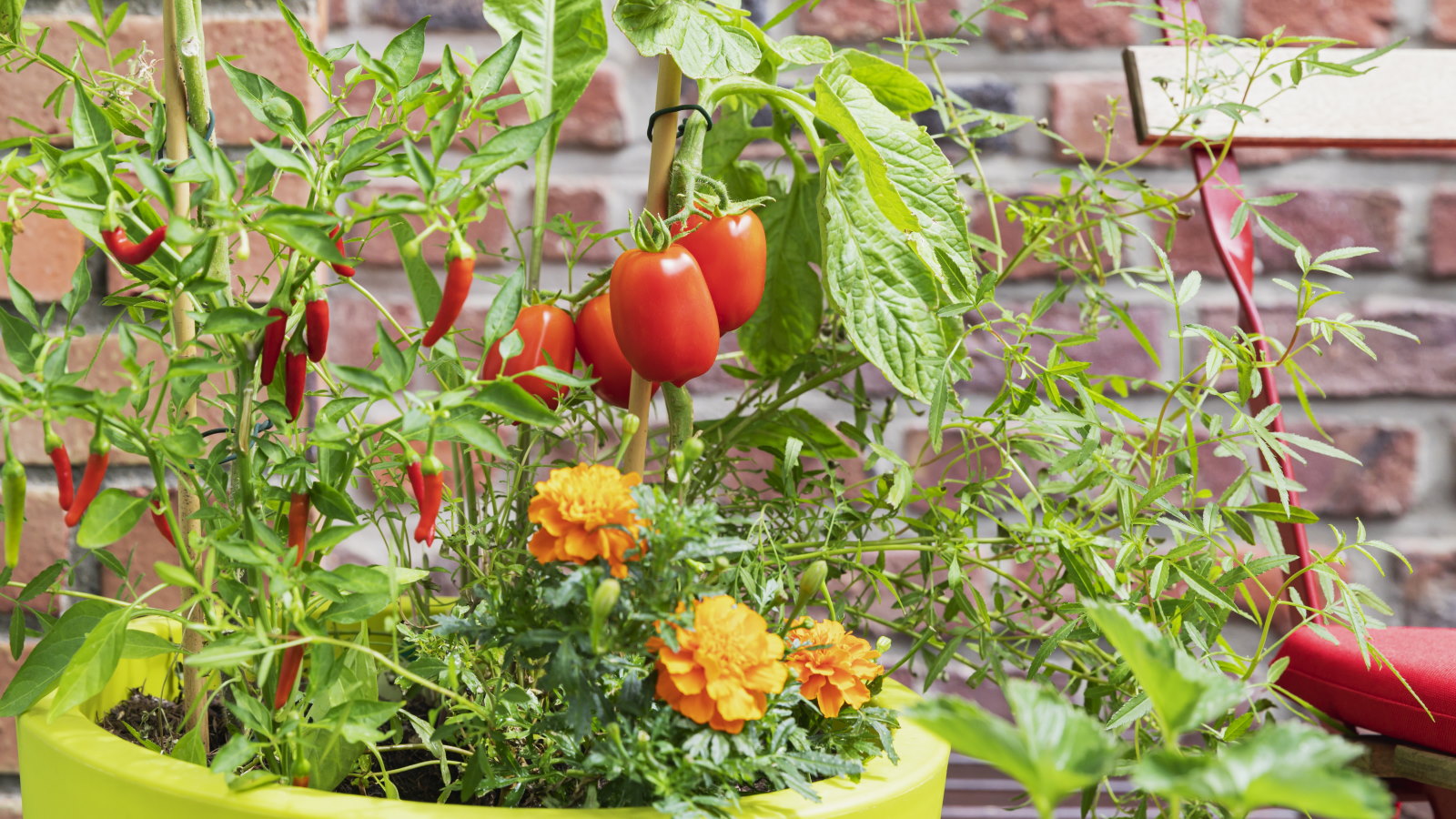 You'll get the best homegrown tomato crops if you plant them next to this one flower – discover why these two are a dream combination
You'll get the best homegrown tomato crops if you plant them next to this one flower – discover why these two are a dream combinationYour tomato plants will be pest-free and covered in fruits
By Drew Swainston Published
-
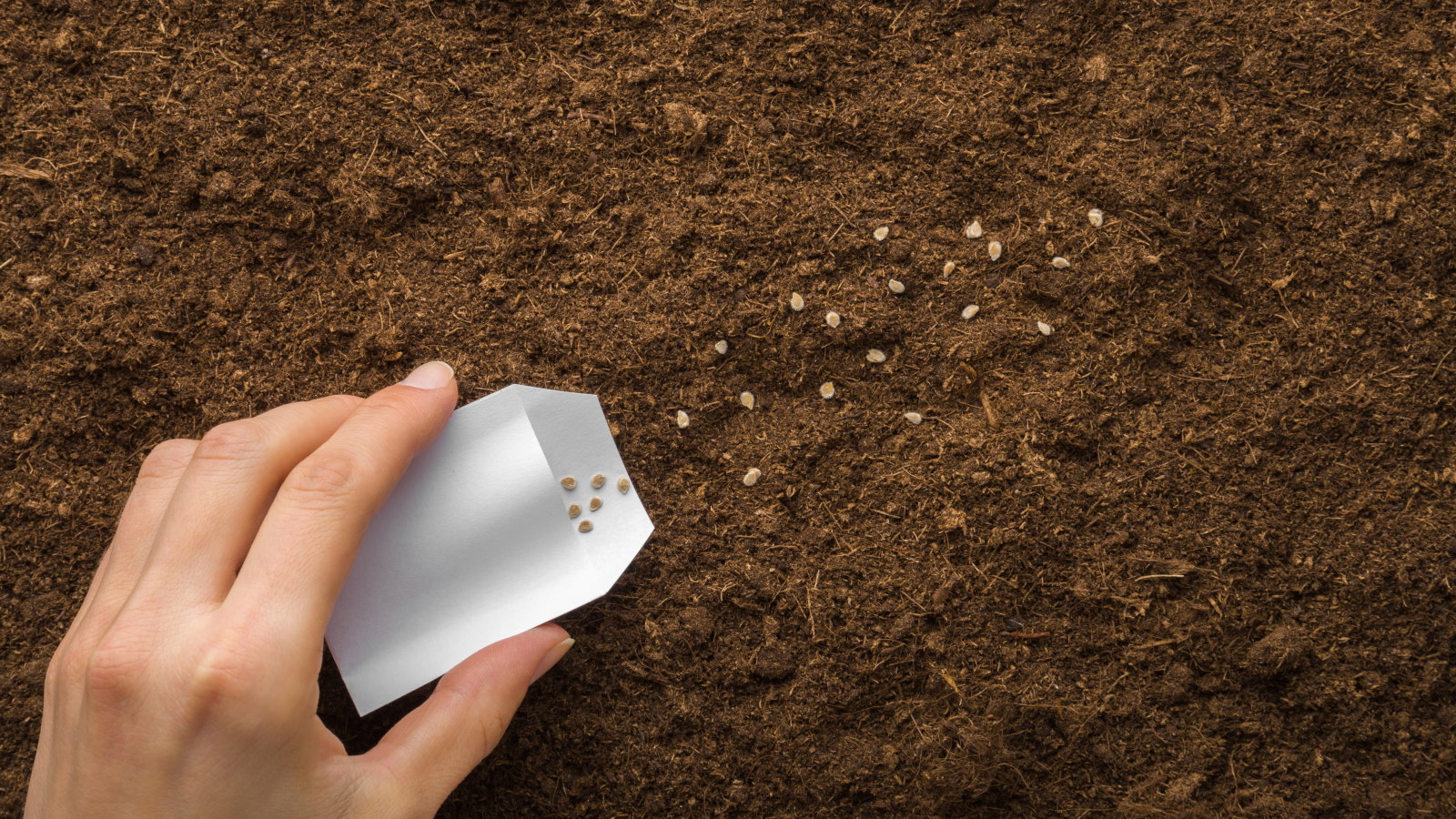 Direct sowing vs transplanting – our grow-your-own expert advises which is best, and shares 5 veggies you should always sow directly
Direct sowing vs transplanting – our grow-your-own expert advises which is best, and shares 5 veggies you should always sow directlyBoth approaches to sowing vegetables have pros and cons
By Drew Swainston Published
-
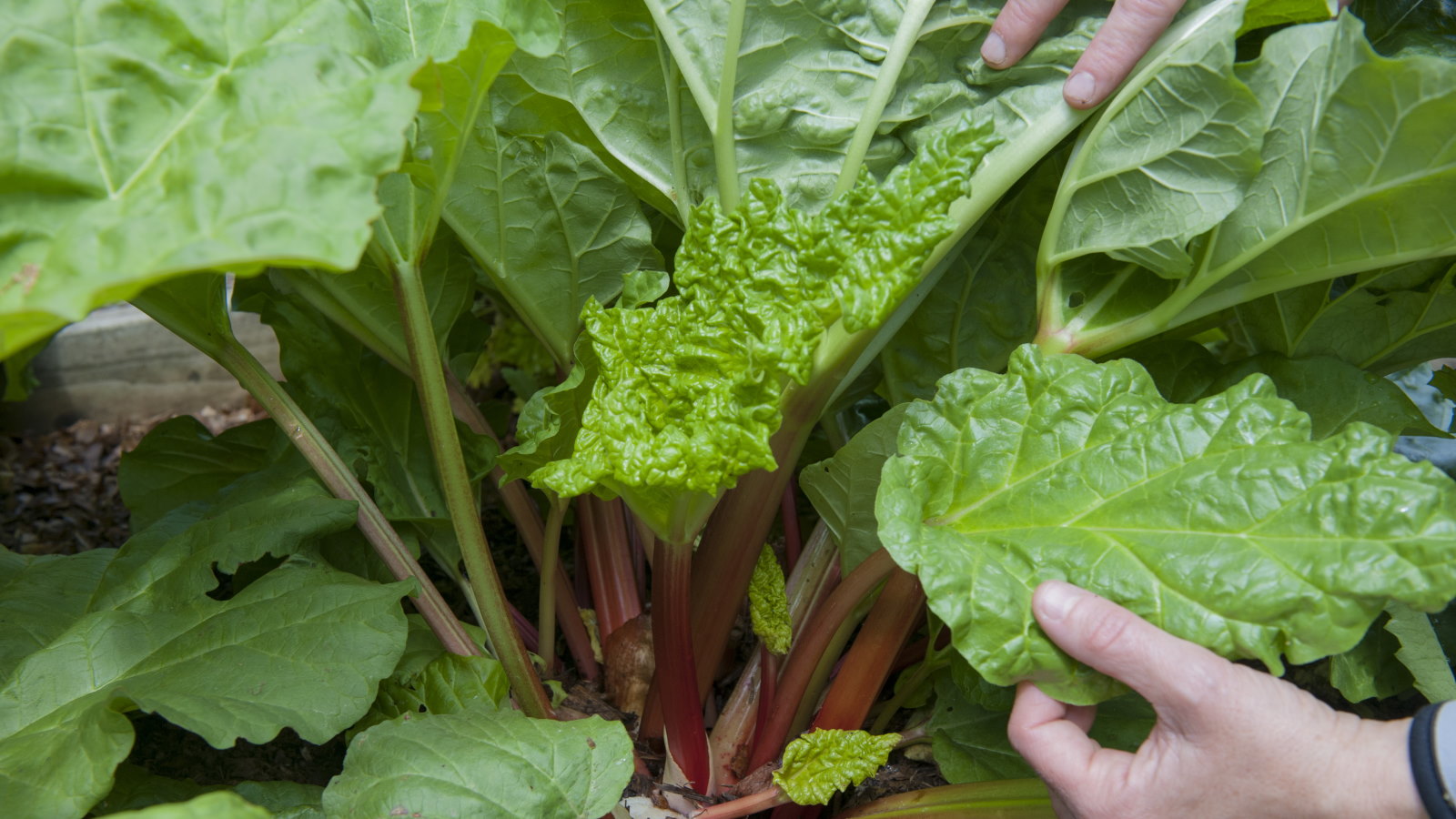 I grew rhubarb from seed for years – here’s exactly how to do it for guaranteed germination and healthy crops of fruit
I grew rhubarb from seed for years – here’s exactly how to do it for guaranteed germination and healthy crops of fruitGrowing rhubarb from seed is a cost-effective way to propagate plants, but it requires care and patience
By Drew Swainston Published
-
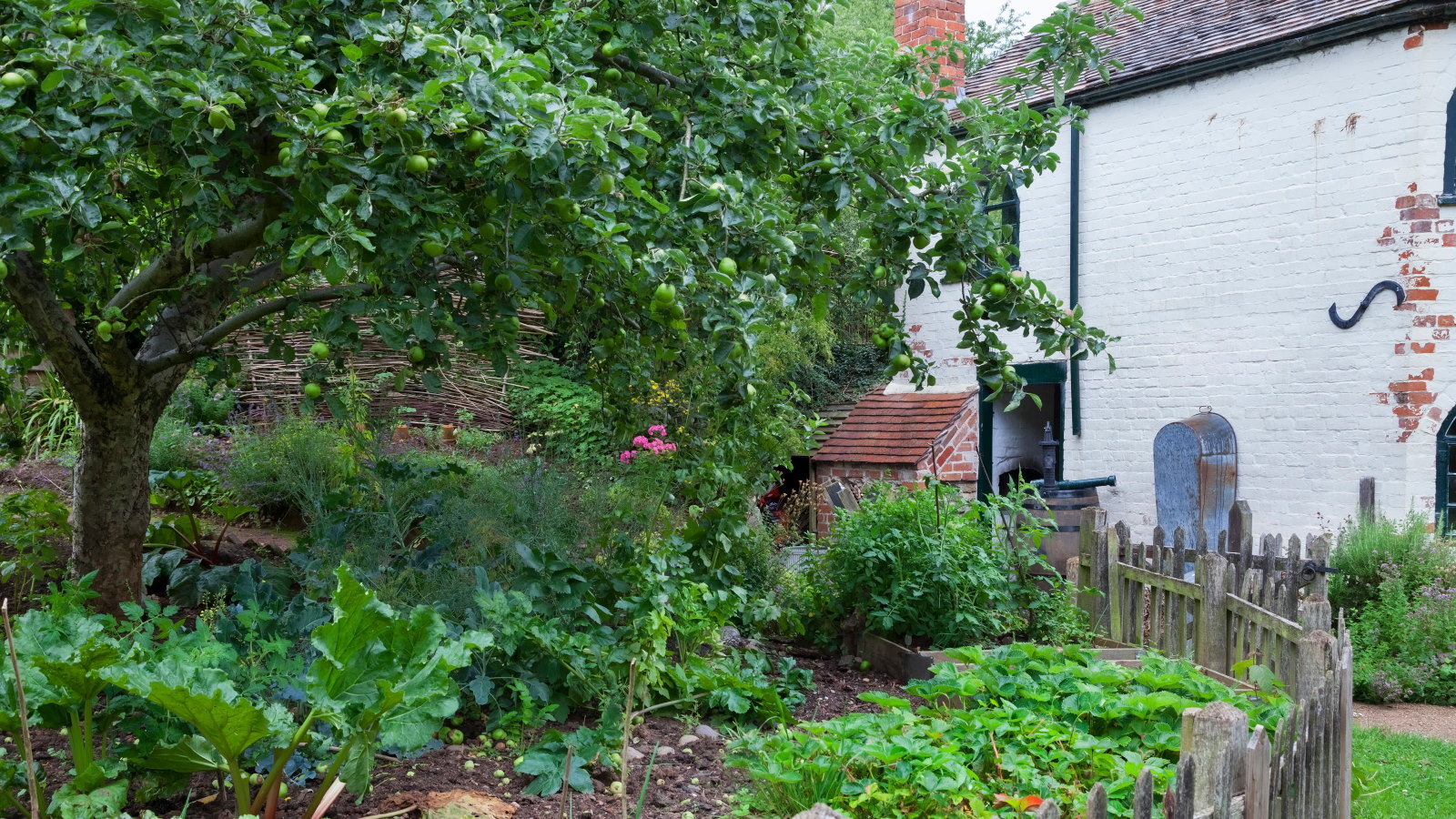 4 reasons you should plant trees in a vegetable garden – plus experts reveal the secrets to help you reap the rewards
4 reasons you should plant trees in a vegetable garden – plus experts reveal the secrets to help you reap the rewardsSee how agroforestry principles can help boost your soil and harvests
By Drew Swainston Published
-
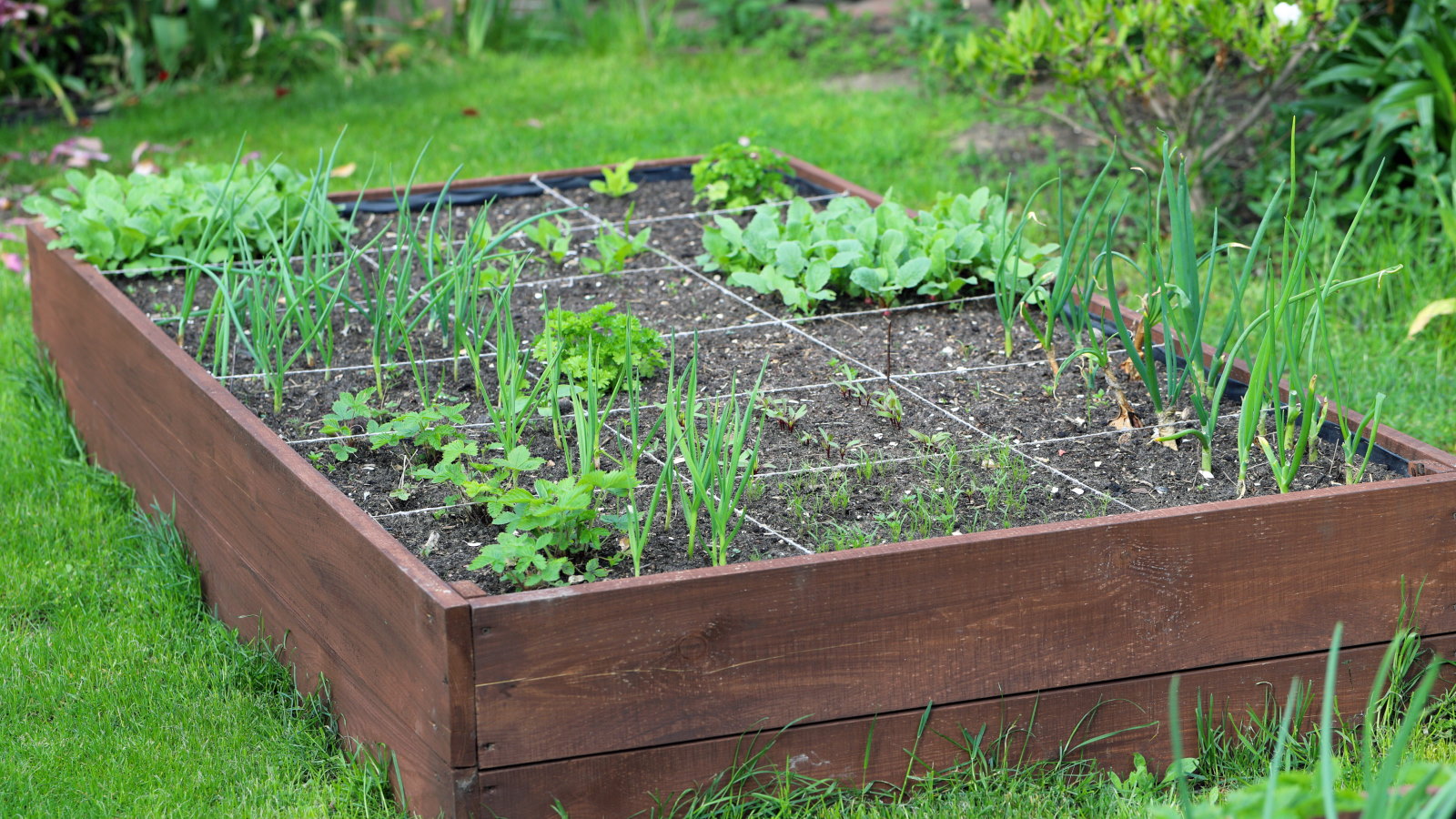 9 of the best vegetables to grow using the square foot gardening method – for big harvests in small spaces
9 of the best vegetables to grow using the square foot gardening method – for big harvests in small spacesPlus how many of each vegetable can be grown per square foot
By Drew Swainston Published
-
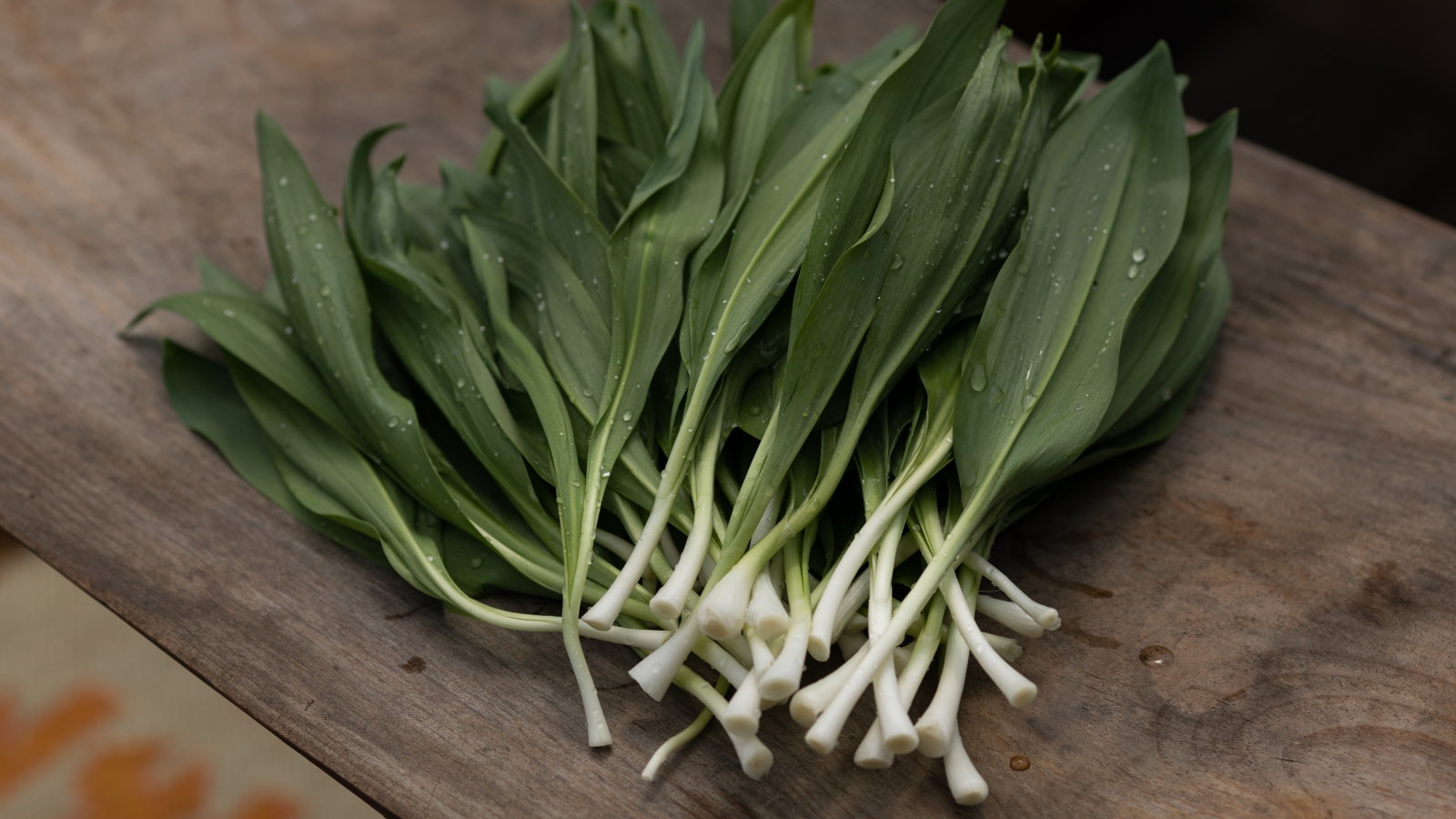 Ramps are highly prized spring harvests for chefs – discover how to grow your own at home from bulbs or seeds to have rich pickings for years to come
Ramps are highly prized spring harvests for chefs – discover how to grow your own at home from bulbs or seeds to have rich pickings for years to comeGrowing ramps, or wild leeks, does require patience, but the rewards are worth the wait
By Drew Swainston Published